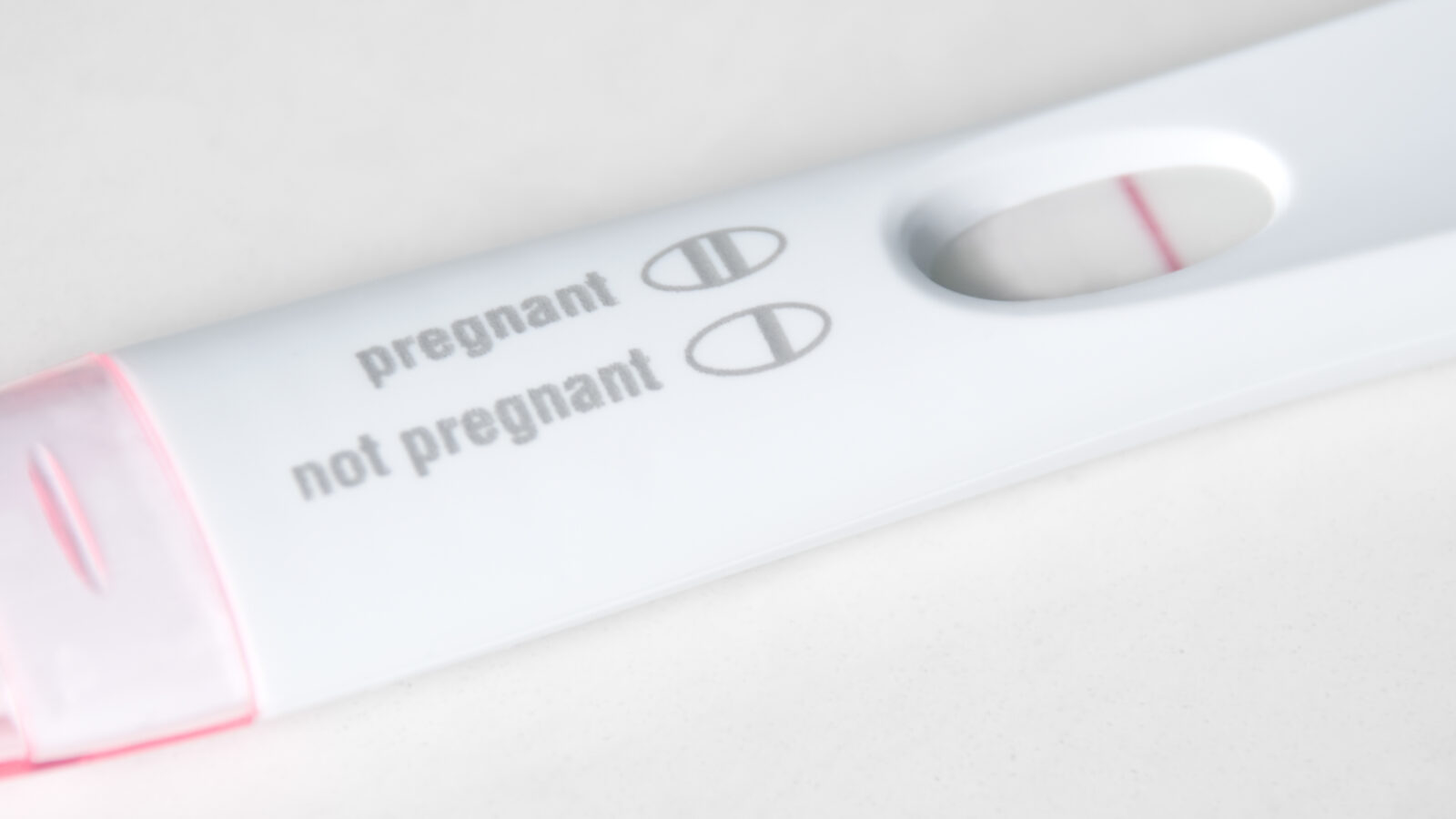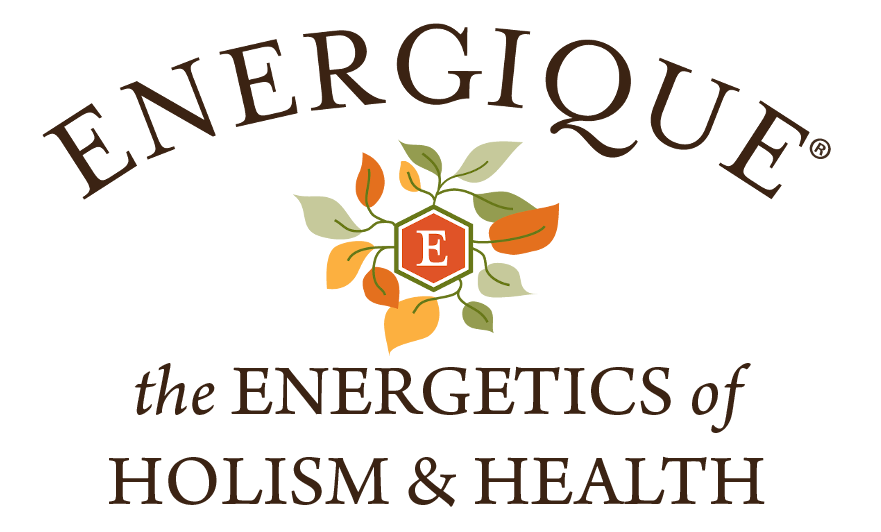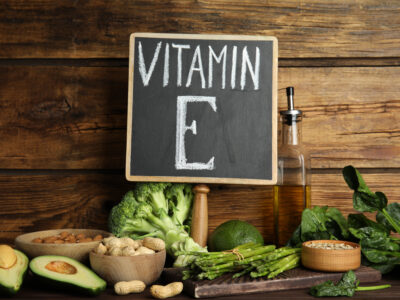It makes sense intuitively that a healthy, nutrient-rich diet supports fertility. The process of growing a human from a single cell requires a vast supply of nutrients, and all human cultures including our own emphasize special nutrition for soon-to-be mothers. Whether it’s traditional cultures pushing them to eat raw liver and salmon roe, or modern cultures advising them to take a prenatal multivitamin with folic acid, everyone knows that good nutrition is required for a healthy pregnancy. What seems less appreciated is the role of nutrition in promoting conception in the first place. According to the World Health Organization, it is estimated that 1 in 6 people globally will be affected by infertility, while the US CDC estimates that rate to be even higher in America, around 1 in 5.
Even for individuals who never wish to conceive, the frank inability to do so should be considered a major cause for concern. At the most natural level, the ability to reproduce could be considered among the most important, and arguably the most important, indicator of overall health. During periods of stress, reproductive function is typically one of the first things to go, which makes sense since it is energetically costly and not necessary for an organism’s survival. A great example of this is when female athletes, who would otherwise be considered in a great state of overall health, stop menstruating during periods of strenuous training or competition. In terms of chronic disease, struggling to reproduce should be considered the first indicator that the body is struggling to maintain itself within its current conditions – this could be due to physical demands or psychological stress, but for many people living in the modern world, it comes down to nutrition. When other factors have been ruled out, difficulty conceiving should be considered one of the earliest warning signs that essential factors are lacking in a person’s diet and contributing to sub-optimal health, forcing the body to conserve nutrients by suspending this costly function. The problem is, many people of childbearing age whose bodies are struggling to maintain normal fertility due to poor diet may be completely unaware of it, because they are not trying to conceive.
One of the most critical nutrients lacking in the modern diet, and contributing to widespread suboptimal health, is vitamin E. Of the four fat-soluble vitamins, it seems to receive the least attention, completely overshadowed by vitamin D. Even vitamins A and K have recently gained more attention, yet vitamin E deficiency is still considered extremely rare according to mainstream sources. One of the issues associated with vitamin E is that its deficiency must be extremely severe to produce noticeable symptoms in most people, while symptoms of mild deficiency often remain silent. Because vitamin E is an important antioxidant, one the primary effects of its mild deficiency is accelerated aging – not something most people are likely to notice. Aging occurs so slowly that even at an accelerated rate, it essentially remains undetectable until it’s too late. Though in truth, the most striking symptom of vitamin E deficiency is not accelerated aging, but infertility, which is becoming more common in the world at present and should challenge the assertion that most people shouldn’t worry about vitamin E deficiency. Today, the link between fertility and vitamin E status has been largely forgotten, though historically it could not have been more clear.
Knowledge of vitamin E’s importance to fertility extends back to its very discovery. As recently as the early 20th century, it was thought that there were only three important compounds in food that were required by the body: carbohydrate, fat, and protein. What are now considered mere macromolecules were originally believed to be the very essence of nutrition, until experiments to reveal the ideal ratio of these three components proved utter failures. The experimentation began by feeding rats different proportions of purified starch (carbohydrate), corn oil (fat), and cheap protein isolates, in other words a diet very similar to many of today’s processed foods, and observing that the rats would invariably sicken and die no matter what ratio was supplied. It was eventually discovered that if corn oil was replaced with butter, the rats would survive, and concluded that there must be something in butter, beyond carbohydrate, fat, or protein, that was essential to animal life. This putative substance was called “vitamin A,” the first vitamin in concept to be suggested, and eventually identified, as retinol. We now know that butter has more vitamins than this, and that more vitamins than this are required to keep animals healthy, but learning this information was a slow process of trial and error. Vitamin B was initially thought to be a single water-soluble chemical, rather than an entire complex, and the numbering of vitamin B12 bears a direct testament to the many errors made (there was once thought to be a B10 and B11 between folate and cobalamin).
Vitamin E comes in relatively late, literally after the identification of vitamins A, B, C, and D (but before K, not to mention the erroneous F through J). In quest to identify everything required in the diet to keep animals alive, the experiments reached a point where the processed macromolecule diet, if supplemented with the already-known vitamins, would keep animals alive well enough, the only problem being that they all became rapidly sterile and would fail to reproduce. Not only is this a real warning that processed food diets impair fertility, it enabled the elegant discovery of vitamin E’s true importance in human health. While most people associate vitamin E only with skin health, or perhaps recognize it as an antioxidant to prevent (primarily skin) aging, it was only when vitamin E was added to their diets that experimental rats retained their normal capacity to reproduce. It was for this reason that the chemical compounds, which comprise the vitamin E family, were named tocopherols, from the Greek tokos (birth) and phero- (to bear or convey).

With rates of infertility tragically skyrocketing, why has vitamin E’s essential role in maintaining fertility been forgotten? That is a more difficult question to answer, but it provides a clue as to what might be causing the modern fertility decline: vitamin E deficiency. If you ask most people what has been the most significant change in the way we eat compared to a hundred years ago, the main dietary change fueling the obesity epidemic, diabetes, and all the rest, almost everyone will guess it to be an increase in refined sugar. Shockingly however, refined sugar consumption has remained basically stable throughout this time period. When one considers the sugared coffee, sugared tea, sugared breakfast cereal, donuts, pastries, and desserts rife in early twentieth century diets, it becomes easy to appreciate that the only meaningful change was replacing the ubiquitous sugar bowl and sugar cubes with foods pre-sweetened by high-fructose corn syrup. In truth, the single most dramatic change in modern diets during that time was replacing animal fats with vegetable oils, mostly soybean oil but also corn, canola, and cottonseed. These oils are not strictly edible without intense processing, and extremely high in PUFA omega-6 fatty acids, which of all fats are the most prone to oxidation. This is why increasing PUFA consumption (as most have done) has been shown to decrease the body’s vitamin E stores – eating processed vegetable oil literally sucks the vitamin E right out of the tissues, to reverse the free radical damage produced by the constant oxidation of these unnatural fats in the body. So not only are people today eating less vitamin E from whole-food sources, they’re eating more of a substance that depletes vitamin E, and this is likely why fertility has begun to decline in every modernized country.
If vitamin E is primarily an antioxidant, why is it so crucial to normal fertility? The answer seems to lie in the fact that synthesizing steroid hormones generates an abundance of free radicals. Steroid hormones, including estrogen, progesterone, testosterone, and glucocorticoids, are synthesized primarily in the adrenal glands and gonads (ovaries and testes). Because these organs are constantly generating hormones involved in fertility, they experience a relatively high free radical burden and are likely more susceptible than other body tissues to oxidative stress. Without a steady supply of antioxidants, the normal function of the ovaries and testes (producing estrogen, progesterone, and testosterone) will gradually destroy them until they no longer function. Research has shown that increased oxidative stress in the body can temporarily decrease the production of these hormones1, which is likely a protective mechanism employed by the body to decrease the free radical burden on these glands. Research has also shown that vitamin E is selectively deposited in the testes2, and can improve fertility in women with polycystic ovaries3. All of this strongly suggests that the gonads in both sexes rely heavily on vitamin E to mitigate the oxidative stress inherent to producing their respective hormones. When vitamin E is deficient in the diet, these organs will age at an accelerated rate impairing normal fertility.
Infertility has many potential causes – genetics, anatomy, pituitary function, uterine health – and oxidative stress due to vitamin E deficiency will certainly not explain every case. But when rates are increasing rapidly on a global level, and especially when the root cause in many of these cases cannot be identified, something common and universal is likely to play a significant role.
1Abidi, P., Zhang, H., Zaidi, S. M., Shen, W., Leers-Sucheta, S., Cortez, Y., Han, J., & Azhar, S. (2008). Oxidative stress-induced inhibition of adrenal steroidogenesis requires participation of p38 mitogen-activated protein kinase signaling pathway. Journal of Endocrinology, 198(1), 193-207. Retrieved Mar 29, 2024, from https://doi.org/10.1677/JOE-07-0570
2Umeda F, Kato K, Muta K, Ibayashi H. Effect of vitamin E on function of pituitary-gonadal axis in male rats and human subjects. Endocrinol Jpn. 1982;29(3):287-292. doi:10.1507/endocrj1954.29.287
3Chen, J., Guo, Q., Pei, Yh. et al. Effect of a short-term vitamin E supplementation on oxidative stress in infertile PCOS women under ovulation induction: a retrospective cohort study. BMC Women's Health 20, 69 (2020). https://doi.org/10.1186/s12905-020-00930-w


 Energique Announces Current and Upcoming Product Specials
Energique Announces Current and Upcoming Product Specials